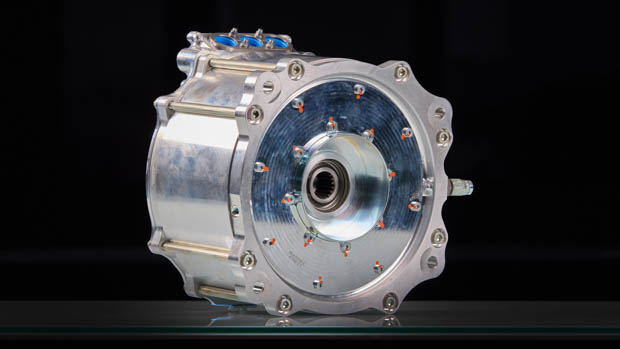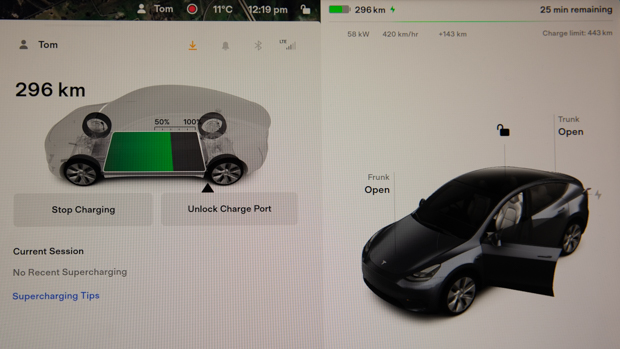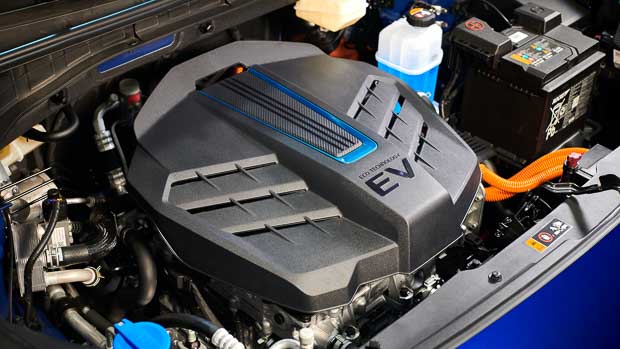-
Car Reviews
- Car News
-
Car Comparisons
Latest comparisons
- Chasing Deals
The University of New South Wales has developed a electric motor that can spin up to 100,000rpm, with possible future EV applications
A leading university in Australia has succeeded in building a next-generation electric motor for EVs capable of extremely high rotation speeds – well beyond EV motors that are currently fitted to production cars.
The electric motor that has been developed has achieved speeds of up to 100,000 revolutions per minute. That is far quicker than the 15,400rpm rear motor fitted to the performance-orientated BMW iX M60 sports SUV.
The Interior Permanent Magnet Synchronous Motor (IPMSM) has successfully exceeded the existing record, with UNSW claiming it has created the world’s fastest IPMSM ever built.
UNSW says that the motor is able to produce a very high power density, that in turn reduces weight and can increase range for electric vehicles.
The IPMSM uses magnets to create torque across a wider range, according to the UNSW.
The motor was inspired by the engineering properties of the Gyopo rail bridge in South Korea.
At 100,000rpm, the UNSW team was able to achieve a peak power density of 7kW per kilogram.
However, a production electric car is not likely to have its motors spinning at such high revolutions.
UNSW’s School of Electrical Engineering and Telecommunications Dr Guoyu Chu said that the motor could be tailored for an electric vehicle.
“We can scale and optimise to provide power and speed in a given range – for example, a 200kW motor with a maximum speed of arounds 18,000rpm that perfectly suits EV applications.
“If a vehicle manufacturer, like Tesla, wanted to use this motor then I believe it would only take around six to 12 months to modify it based on their specifications,” Dr Chu continued.
The program led by UNSW saw the program evaluate 90 different designs that then selects the best 50 percent of options until the optimum is achieved. The final motor specifications were the 120th generation.
The motor could be used in heating, ventilation and air conditioning systems, along with milling and drilling machines for the robotic or aviation industries.
Another key application is in the aviation industry, where the motor could be used as an IDG (Integrated drive generator) to provide electrical power for onboard aircraft systems.
The motor designed by UNSW is also made of less rare-earth minerals and materials such as neodymium.
UNSW states that a lot of high-speed electric motors use a sleeve to strengthen the rotors within and are usually made of expensive materials such as titanium or carbon-fibre.
The team at UNSW said that they only used around 30 percent of rare earth materials that make the motors “more environmentally friendly and affordable”.
Latest news
About Chasing cars
Chasing Cars reviews are 100% independent.
Because we are powered by Budget Direct Insurance, we don’t receive advertising or sales revenue from car manufacturers.
We’re truly independent – giving you Australia’s best car reviews.



